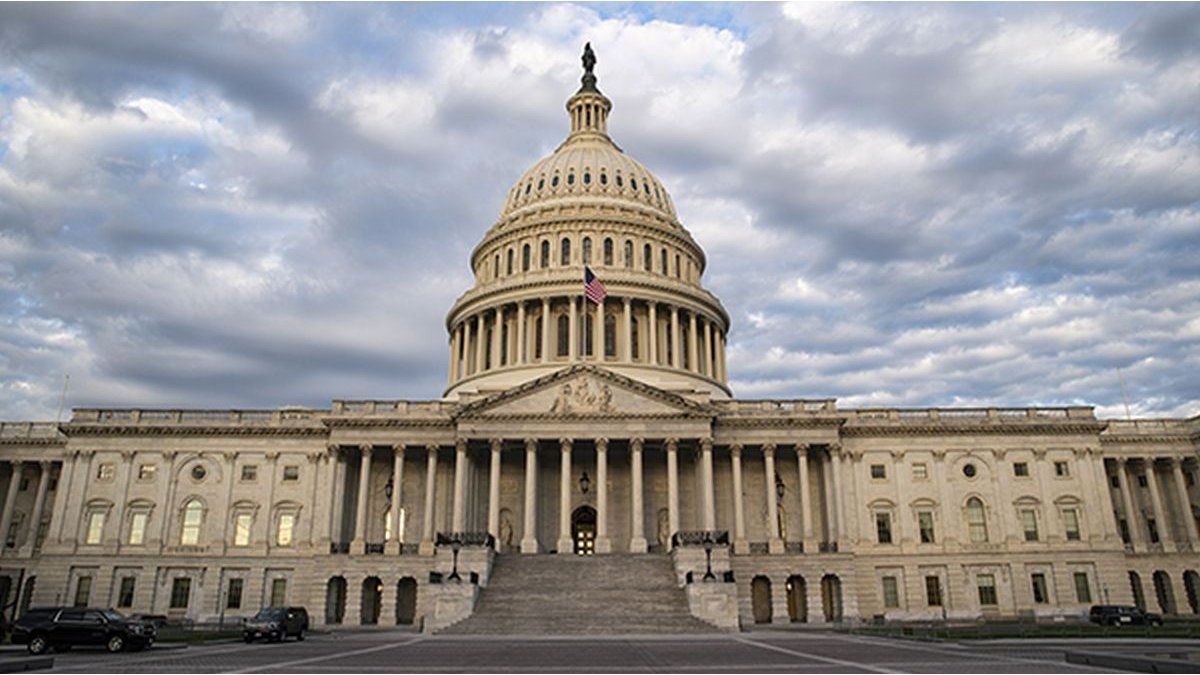Menu
Railway competition: Flixtrain is expanding a fleet – advantage for passengers?
Categories
Most Read
Russo-Ukrainian War: Sanctions: Lukoil wants to get rid of foreign investments
October 27, 2025
No Comments
the best tips for traveling without spending more
October 27, 2025
No Comments
A dirty float would be better to buy reserves
October 27, 2025
No Comments
Last days of savings! Take advantage of an unmissable discount by paying with Buepp in this supermarket
October 27, 2025
No Comments
AmCham described the result of La Libertad Avanza as a new opportunity to advance reforms
October 27, 2025
No Comments
Latest Posts

a food program that benefits 42 million people will be suspended
October 28, 2025
No Comments
He United States Department of Agriculture announced that the Supplemental Nutrition Assistance Program (SNAP)which reaches 42 million beneficiaries, will not have funds as of November

Strong failure in the Nacional: the AFA declared the match lost to Gimnasia de Jujuy in the duel against Deportivo Madryn
October 28, 2025
No Comments
October 27, 2025 – 21:33 The AFA Disciplinary Court decided to declare the match lost to the Jujuy team after its leaders threatened referee Lucas

US banks adjust forecasts on the dollar, after Javier Milei’s resounding victory
October 28, 2025
No Comments
On the political level, the majority of international bank analysts expressed their “surprise” at the resounding and unexpected victory of Javier Milei. To put it
24 Hours Worlds is a comprehensive source of instant world current affairs, offering up-to-the-minute coverage of breaking news and events from around the globe. With a team of experienced journalists and experts on hand 24/7.

